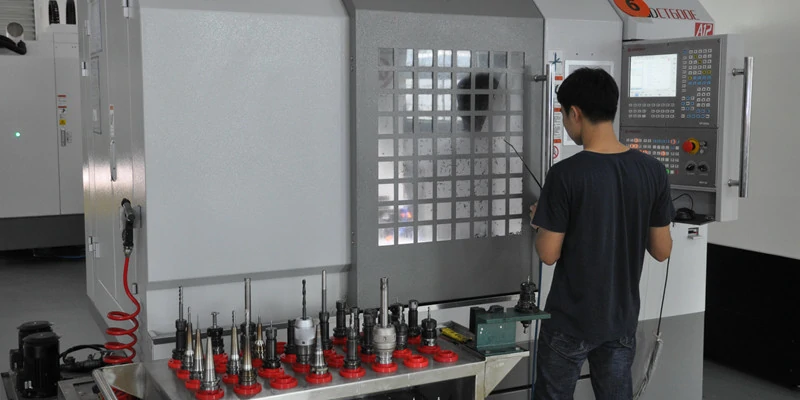Daily Life of CNC Programming
CNC programming plays a crucial role in the manufacturing industry by controlling the movements and operations of CNC (Computer Numerical Control) machines. This technology has revolutionized the manufacturing process, making it more efficient, accurate, and productive. In this article, we will explore the daily life of a CNC programmer and the challenges they face.
A typical day for a CNC programmer starts with analyzing the production schedule. They review the blueprints and specifications of the parts or components that need to be manufactured. Understanding the design requirements is essential to ensure the CNC machine operates correctly and produces accurate parts. The programmer collaborates with engineers and designers to clarify any doubts and make necessary adjustments.
Once the requirements are clear, the programmer moves on to create the CNC program. They use specialized software to generate a sequence of instructions that dictate the machine’s movements, tool changes, and machining strategies. This process involves translating the design into machine-readable code, often using G-code or similar programming languages.
Writing the CNC program requires a deep understanding of machining processes and the capabilities of CNC machines. The programmer must consider factors such as cutting speeds, feeds, tooling, and material properties. They also optimize the program to minimize production time and reduce waste, aiming for the highest level of efficiency while maintaining quality standards.
After creating the program, the CNC programmer transfers it to the machine. They connect to the CNC control unit and upload the program, ensuring all settings and parameters are correctly configured. This step requires attention to detail, as any errors or discrepancies can result in faulty parts or damaged equipment.
Once the program is loaded, the programmer sets up the CNC machine for production. They install the necessary tools, adjust alignments, and perform test runs to verify the program’s functionality. This phase involves fine-tuning the parameters to achieve optimal results. The programmer monitors the machine during operation, ensuring everything runs smoothly and making adjustments if needed.
In addition to programming and setup, CNC programmers also play a role in troubleshooting and maintenance. They are responsible for diagnosing any issues that arise during production, such as tool wear, machine malfunctions, or programming errors. They work closely with maintenance technicians to resolve these problems promptly, minimizing downtime and maximizing productivity.
Continuous learning is an integral part of a CNC programmer’s life. Technology and machining techniques evolve rapidly, so staying updated with the latest advancements is crucial. Programmers attend training sessions, workshops, and conferences to enhance their skills and knowledge. They also engage in self-study, read industry publications, and participate in online forums to exchange experiences and learn from others.
The challenges faced by CNC programmers are not limited to technical aspects. They often work under strict deadlines and face pressure to meet production targets. Attention to detail and the ability to multitask are essential qualities for success in this field. Patience and problem-solving skills are also crucial when dealing with complex projects or unforeseen obstacles.
In conclusion, the daily life of a CNC programmer is a mix of technical expertise, precision, and adaptability. Their role is vital in ensuring the smooth operation of CNC machines while maintaining high-quality standards. With technology continuously advancing, the demand for skilled CNC programmers will remain strong, making it an exciting and challenging career choice in the manufacturing industry.
.webp)



